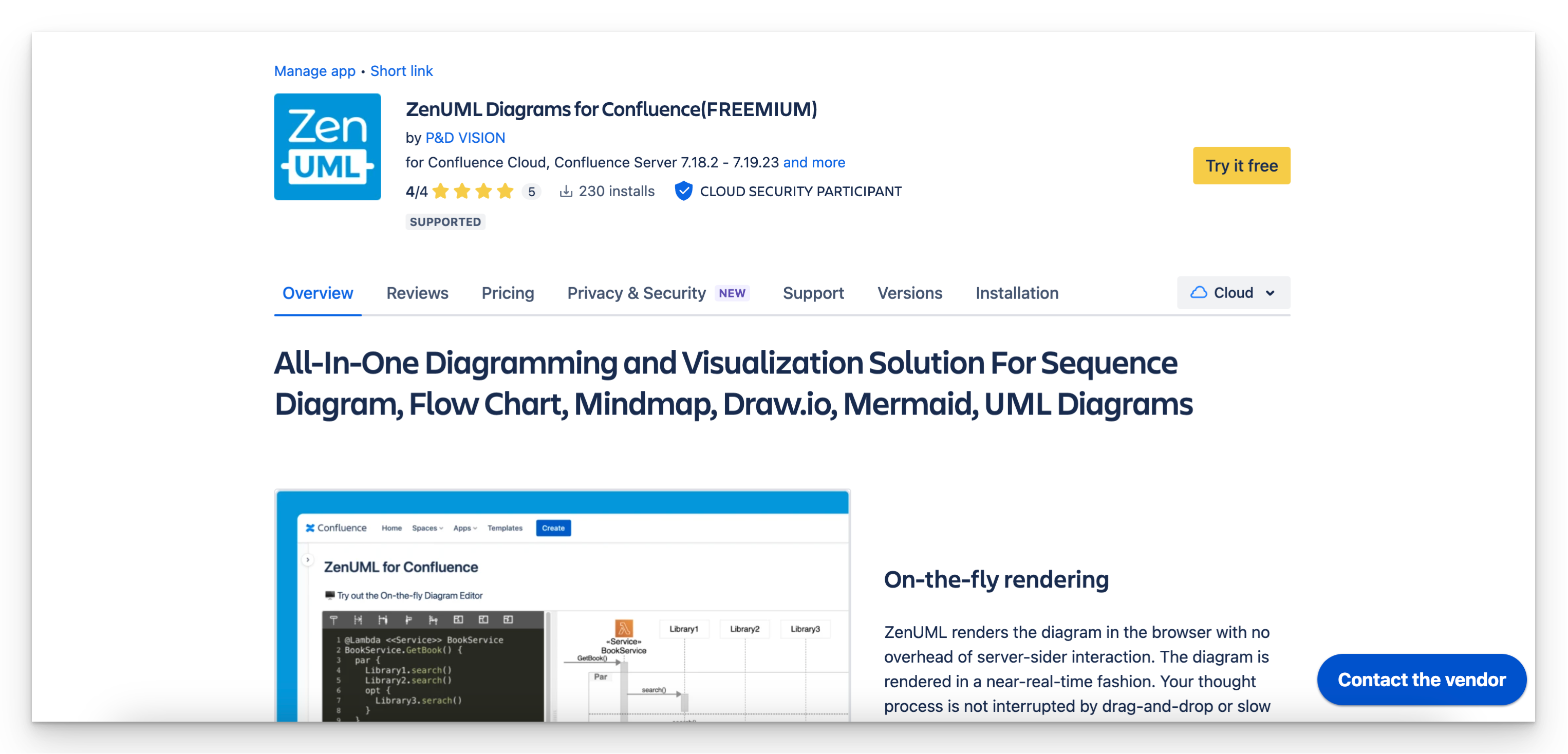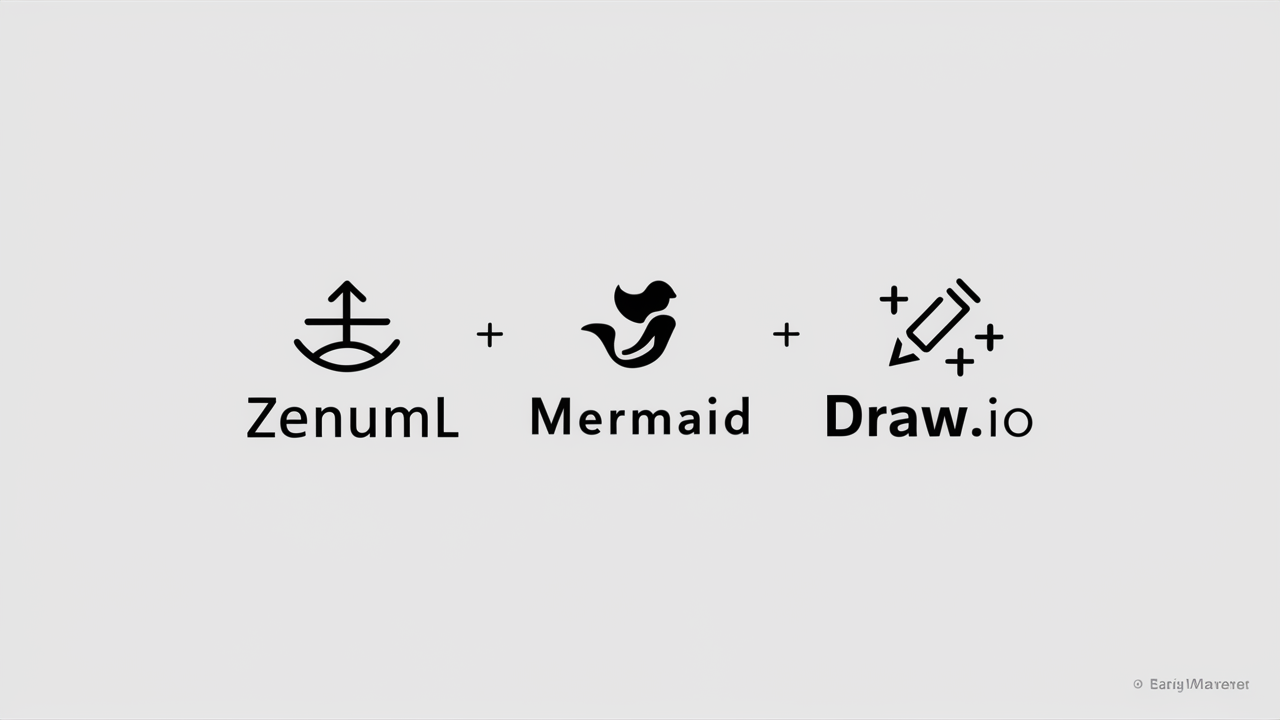Introduction
In the dynamic and ever-evolving world of game development, streamlining workflows and ensuring efficient communication among team members is paramount. One powerful tool that has gained traction in this industry is the use of sequence diagrams. Sequence diagrams, a type of Unified Modeling Language (UML) diagram, provide a visual representation of the interactions and message exchanges between various entities within a system.
For game developers, sequence diagrams can serve as a game-changer, enabling them to better understand, communicate, and optimize their game's architecture and functionality. By leveraging the power of sequence diagrams, developers can improve collaboration, identify potential bottlenecks, and enhance the overall quality of their game projects.
In this blog post, we will delve into the world of sequence diagrams and explore how they can be effectively utilized in game development workflows. We'll discuss the benefits of incorporating sequence diagrams, provide practical examples, and demonstrate how to create them using the popular ZenUML diagramming syntax.


